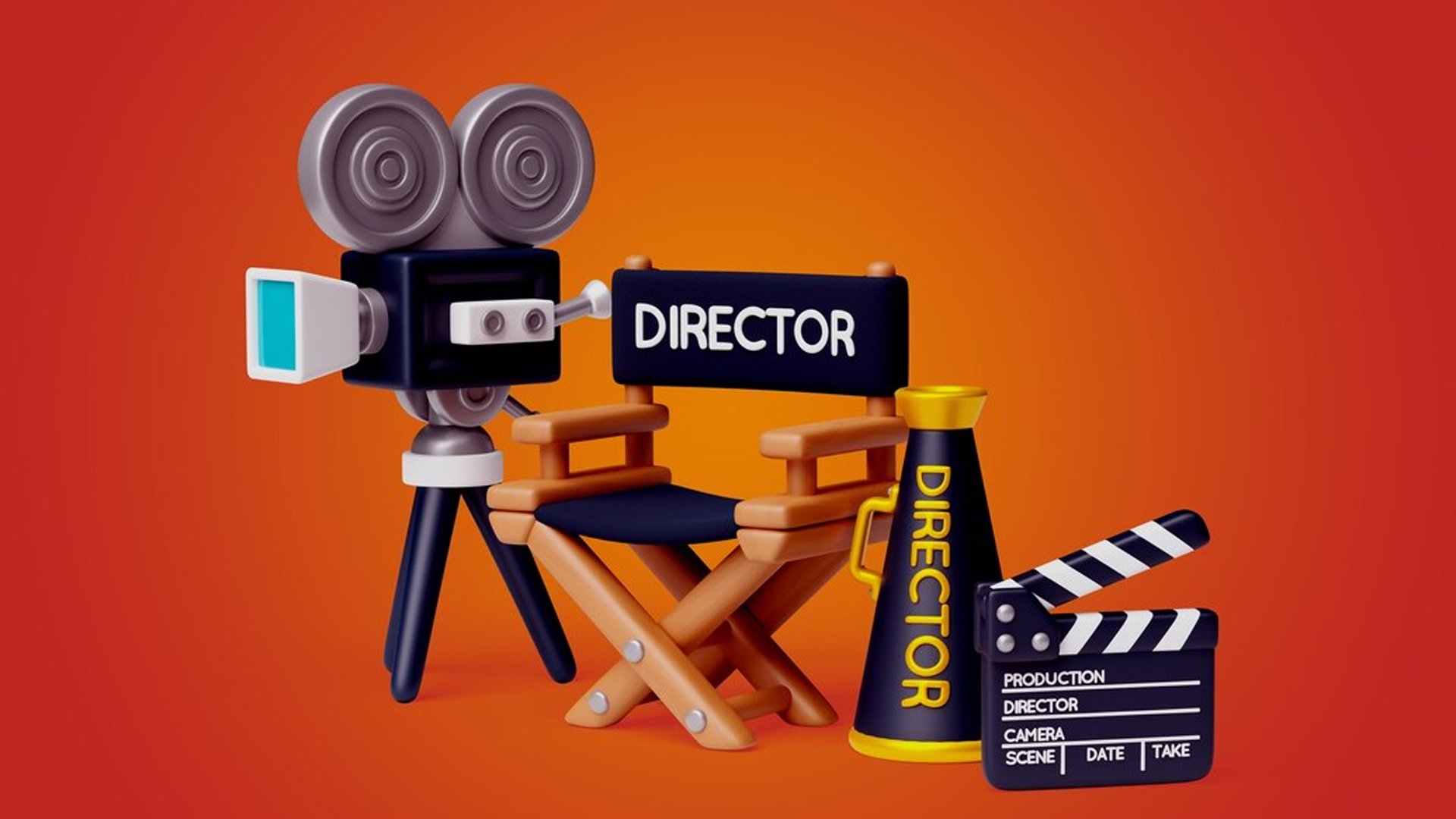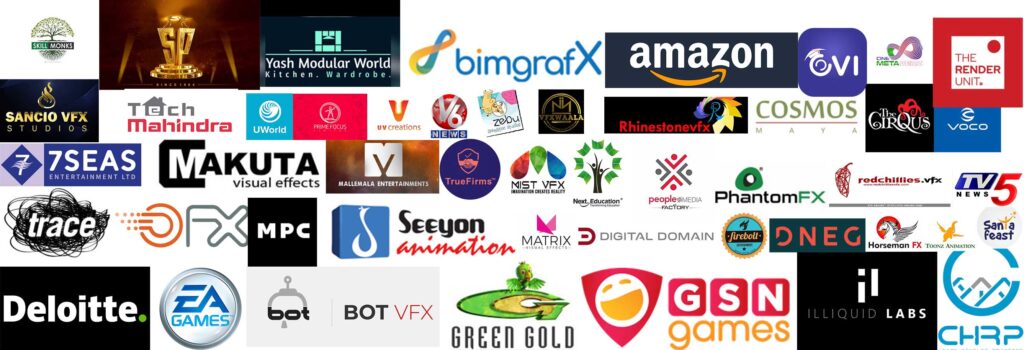
Institution for Digital Film Making Course in Hyderabad
Digital filmmaking is a dynamic and rapidly growing field that offers exciting opportunities for creative individuals. AIIMS Multimedia Academy offers the most comprehensive Digital filmmaking Course in Hyderabad, designed to equip students with the skills and knowledge needed to succeed in this competitive industry. In this course, you will delve into the world of Film Making, learning how to create captivating visual effects using the latest technologies. From Digital filmmaking, you will explore a variety of Film Making forms and techniques, gaining hands-on experience through practical projects. Our course goes beyond just teaching the technical aspects of Digital filmmaking. We provide a comprehensive overview of the historical and technical evolution of Digital filmmaking, giving you a deep understanding of the field’s foundations and trends. As India emerges as a global hub for animation, this course opens up a world of opportunities. Companies like Disney are increasingly outsourcing their Digital filmmaking work to India, creating a high demand for skilled professionals in this field. A career in Digital filmmaking is not only creatively fulfilling but also highly remunerative, making it a lucrative choice for those with a passion for visual storytelling. Join our Digital filmmaking Course at AIIMS Multimedia Academy and embark on a rewarding journey into the world of Film Making. Discover your creative potential, hone your skills, and prepare yourself for a successful career in this exciting industry.

ADMISSION FORM
Essential Duties and Responsibilities of a Digital filmmaking Course
- Script Development: Working with writers to develop and refine the screenplay, ensuring that the story is compelling and well-structured.
- Pre-Production Planning: Planning the logistics of the production, including casting, hiring crew, scouting locations, and creating a production schedule.
- Storyboarding: Creating visual storyboards to plan out each shot and sequence in the film.
- Directing Actors: Working with actors to help them understand their characters and deliver authentic performances that fit the vision of the film.
- Blocking Scenes: Planning and choreographing the movement of actors and cameras for each scene.
- Shot Composition: Collaborating with the director of photography to determine the framing, composition, and camera movements for each shot.
- Visual Style: Establishing the visual style of the film, including the use of color, lighting, and camera angles to enhance the storytelling.
- Communication: Effectively communicating with the cast and crew to ensure that everyone is aligned with the vision of the film.
- Problem-Solving: Addressing any challenges that arise during production, such as inclement weather, technical issues, or scheduling conflicts.
- Post-Production Supervision: Working closely with the editor and sound designer to ensure that the final cut of the film reflects the director's vision.
- Collaboration: Collaborating with producers, editors, sound designers, and other key crew members to bring the film to life.
- Budget Management: Managing the budget for the film, ensuring that resources are allocated efficiently to achieve the desired results.
- Continuity: Ensuring continuity in terms of the story, performances, and visual elements throughout the film.
- Creative Decision-Making: Making creative decisions that serve the story and enhance the overall impact of the film.
- Distribution and Promotion: Working with distributors and marketing teams to promote the film and ensure that it reaches its intended audience.
Diploma in Digital filmmaking (Eligibility: 10th or 12th and above)
- Semester 1:
- Semester 2:
Foundation in Digital Film Making
Introduction to Digital Film Making
History and evolution of film making
Basics of digital film making technologies
Screenwriting
Fundamentals of screenwriting
Writing for visual storytelling
Pre-production
Planning and organizing a film shoot
Budgeting and scheduling for film projects
Cinematography
Basics of camera operation and techniques
Lighting principles for film making
Sound Design and Recording
Basics of sound design for films
Techniques for recording high-quality audio
Editing Basics
Introduction to film editing software
Basic editing techniques and principles
Directing Actors
Techniques for directing actors
Creating a collaborative working environment
Film History and Theory
Study of film history and major movements
Analysis of films for storytelling techniques
Advanced Digital Film Making Techniques
Advanced Screenwriting
Developing complex narratives
Writing for specific genres
Advanced Cinematography
Advanced camera techniques
Cinematic lighting styles and moods
Advanced Editing
Advanced editing techniques
Working with sound and music in editing
Post-production
Digital effects and visual effects in film making
Color correction and grading techniques
Production Design
Basics of production design
Creating visual aesthetics for films
Film Marketing and Distribution
Basics of film marketing and promotion
Understanding film distribution channels
Film Festival and Exhibition
Understanding film festivals and exhibitions
Submitting films to festivals and exhibitions
Final Film Project
Capstone film project to demonstrate skills and knowledge
Production, editing, and screening of final film project
Career Path
- Film Director
- Assistant Director
- Producer
- Line Producer
- Production Manager
- Production Coordinator
- Script Supervisor
- Casting Director
- Director of Photography (DOP)
- Camera Operator
- Steadicam Operator
- Cinematographer
- Lighting Technician
- Grip
- Gaffer
- Production Designer
- Location Manager
- Art Director
- Set Decorator
- Sound Mixer
- Post-Production Supervisor
- Motion Graphics Designer
- Animator
- Boom Operator
- Foley Artist
- Post-Production Supervisor
- Editor
- Colorist
- VFX Supervisor
- Production Manager
Our Recruiters




